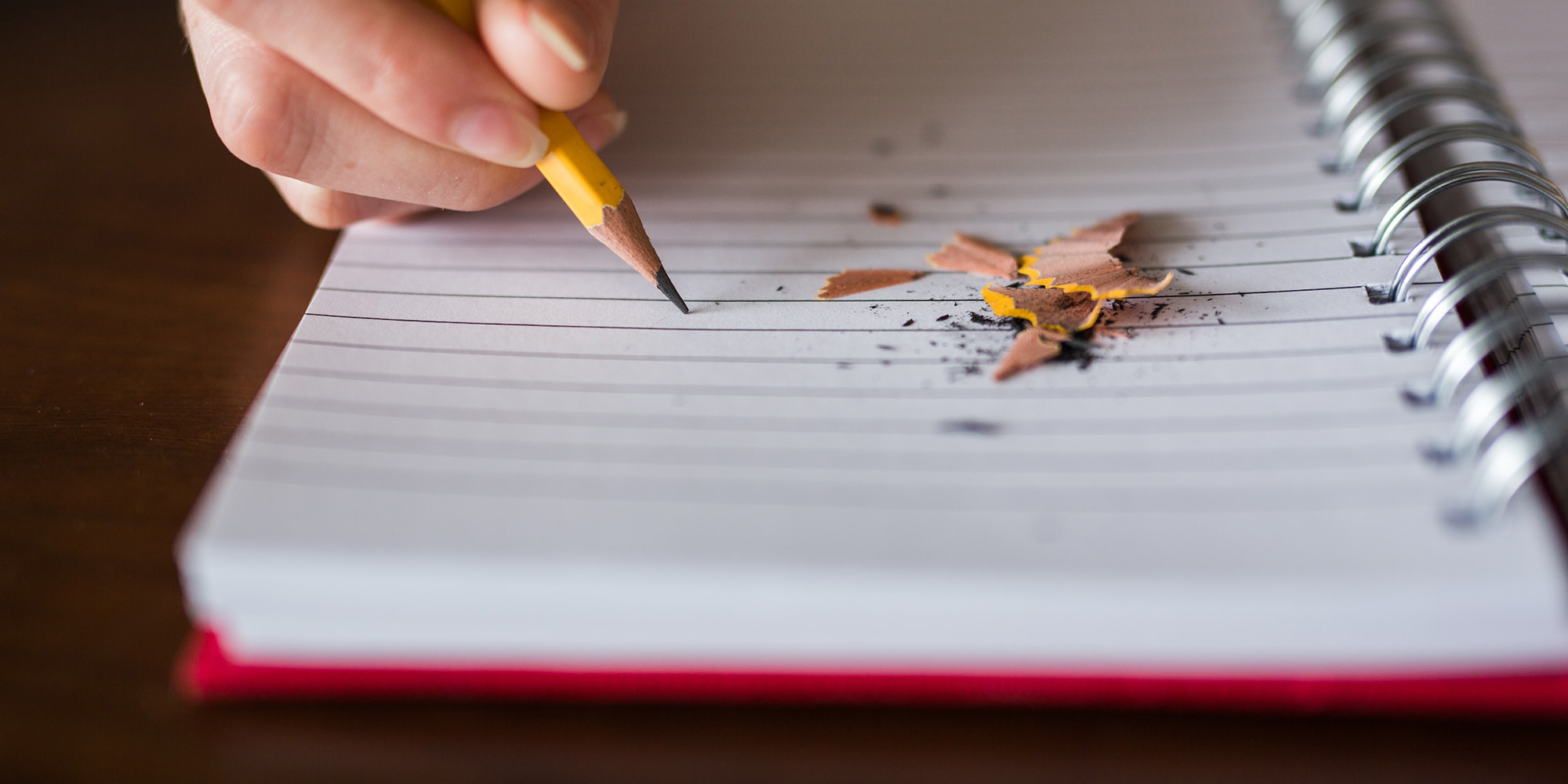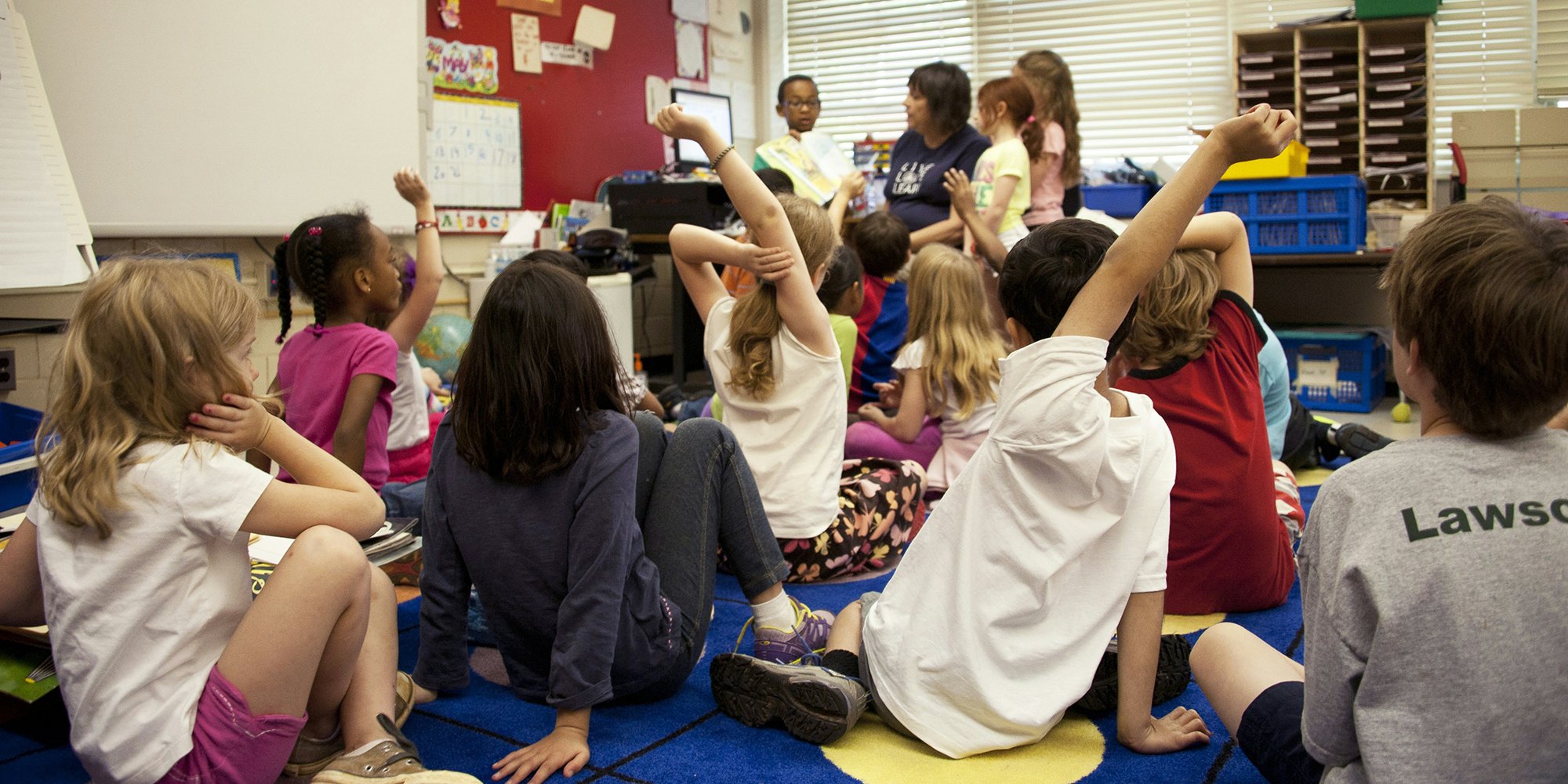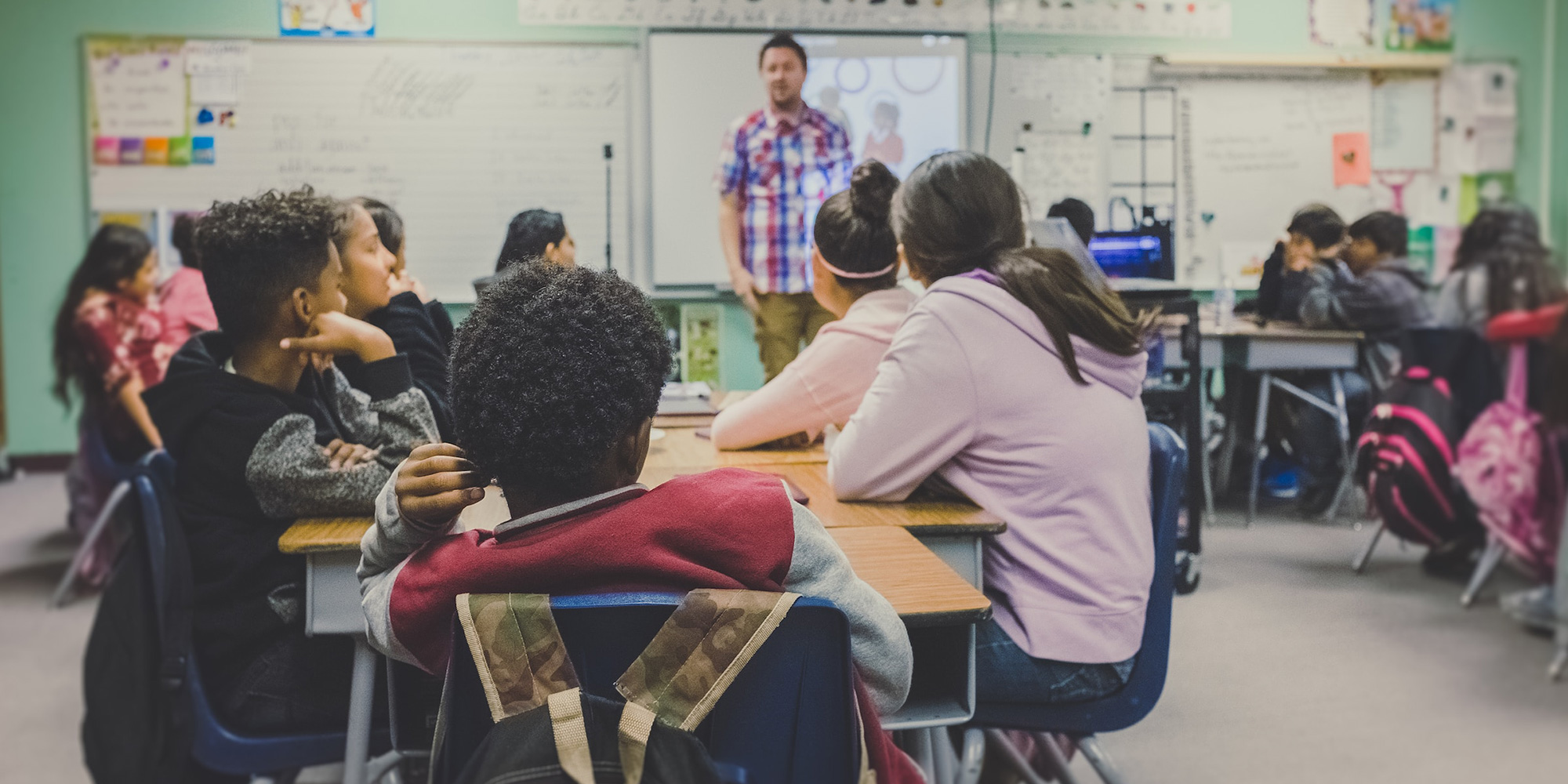Restorative Practice Circles in the Classroom
Restorative Practice Circles are based upon the First Nations tradition of Talking Circles. First Nations, Metis & Inuit cultures are built upon oral...

The Indigenous population is the fastest-growing population in Canada. Whether teaching at a Federal Reserve school, or in the Provincial system, it is inevitable that every teacher will be a part of educating Indigenous students. Therefore, it is important for teachers to be aware of strategies and ‘Best Practices’ for teaching First Nations, Metis and Inuit students. This awareness is essential to help build confidence in the education system and to help create educational success for Indigenous students. The following tips and strategies can be used to build self-esteem and understanding, tolerance, respect and trust between Indigenous students, the community and the school system.
As an educator of Indigenous students, it is essential to get to know your students. This can be done by researching the cultural backgrounds, attending community events and celebrations including powwows, and touring the students’ neighbourhoods. Also, engage in continual communication with parents and families, but only in ways that meet their needs. You can find out some of the specific needs by engaging in the culture of the community and getting to know the parents. Visit the local Band office or cultural center, and meet important community members including Elders and Traditional Teachers. Always bring them a gift of Tobacco as a thank you.
Next, begin to incorporate this knowledge and community connections into your daily teaching to make it culturally relevant. Strategies including Talking Circles, inviting Elders into the classroom, Medicine Wheel teachings, and Project-Based Learning are excellent ways to make your teaching personally relevant to the students.
Talking Circles are great organizational tools or frameworks that can be used to help with decision-making, lesson planning, accommodating individual learning differences, and embedding assessment strategies into the curriculum. One example is to use a Talking Circle to engage in ‘Storytelling’ where students can create their own ‘Stories’ or legends about their special gifts. Music and drama can be combined as well to tell stories and connect with Medicine Wheel teachings.
Teaching is active, experiential, and relational and we must know when we need to ask for help from an Elder or Senator. Elders are the symbolic connection to the past, and when asked, are excellent people to help engage the class in traditional teachings, stories and ceremonies. There are not many teachers who know the many different teachings of First Nations, Metis and Inuit peoples, or how to put them into practice as everyday living, so it is always acceptable to ask for help. It is up to the school and school community to ask and become involved.
Other strategies can include journal writing, inviting parents in to communicate in ways that feel comfortable to them, filling out paperwork for families, making connections with other teachers and staff, incorporating Indigenous teachings across the curriculum, connecting families to community network supports, teaching students to deconstruct bias in learning resources, inviting First Nations, Metis, or Inuit authors and artists into the classroom, and helping students to see themselves reflected accurately, positively, and respectfully.
All tips and strategies should work to foster less fear and greater confidence, increase the feeling of being understood, decrease the feeling that students need to assimilate to ‘fit in’ and succeed, and help individuals embrace and feel accepted in their own culture, and allow students to feel comfortable enough to set higher standards for learning and achievement. There is always more than one way to complete a task, and thinking is fluid and can always be changed. By employing these tips in the classroom, educators can also promote freedom of expression, and deep creative thinking, and ensure that students can also have fun with learning. These are the very tips and ingredients that can lead to personal success for Indigenous students, and all students alike.
By Deborah McCallum
Featured photo: Unsplash

Restorative Practice Circles are based upon the First Nations tradition of Talking Circles. First Nations, Metis & Inuit cultures are built upon oral...

All Classrooms can benefit from strategies that promote equity and diversity. Educators can promote cultural awareness in their classrooms by...
Tell me and I forget. Teach me and I remember. Involve me and I learn. Benjamin Franklin Benjamin Franklin could well have been speaking about...